Australia, Asia & Alaska
With their sleek, yacht-style bows and teak promenade decks, Viking’s ocean ships are a million miles from the large liners that sail the seas.
Leaving from:
Sydney, New South Wales
Cruise ship:
Viking Orion
Visiting:
Sydney, New South Wales •
Newcastle, New South Wales •
Brisbane, Queensland •
Airlie Beach •
From
Price shown provided by:
Viking Ocean Cruises
Viking began as a river cruise line and entered the ocean-cruise market with the launch of the 930-guest Viking Star.
Viking has already made an indelible mark on the sector with its fleet of stylish, near-identical, adult-only ships.
The cruise line currently has 10 ships in its fleet.
930
Passengers
465
Crew
2018
Launched
48000t
Tonnage
227m
Length
29m
Width
20kts
Speed
9
Decks
EUR
Currency
Cruise Itinerary
Day 1
Sydney, New South Wales, Australia
Day 2
Newcastle, New South Wales, Australia
Day 3
River travel
Day 4
Brisbane, Queensland, Australia
Day 5
River travel
Day 6
Airlie Beach, Australia
Day 7
Townsville, Queensland, Australia
Day 8
Cairns, Queensland, Australia
Day 9
River travel
Day 10
Thursday Island, Queensland, Australia
Day 11
River travel
Days 12 - 13
Darwin, Northern Territory, Australia
Day 14
River travel
Day 15
Rinca Island, Indonesia
Day 16
Lombok, Indonesia
Days 17 - 18
Benoa, Bali, Indonesia
Day 19
Surabaya, Indonesia
Day 20
Semarang, Indonesia
Days 21 - 22
Jakarta, Indonesia
Day 23
River travel
Day 24
Singapore, Singapore
Day 25
Port Klang, Malaysia
Days 26 - 27
River travel
Days 28 - 30
Laem Chabang, Thailand
Days 31 - 32
Sihanoukville, Cambodia
Day 33
River travel
Days 34 - 36
Ho Chi Minh City, Vietnam
Day 37
River travel
Day 38
Chan May, Vietnam
Days 39 - 40
Ha Long Bay, Vietnam
Day 41
River travel
Days 42 - 44
Hong Kong, Hong Kong
Day 45
River travel
Day 46
Keelung (Chilung), Taiwan
Day 47
River travel
Day 48
Nagasaki, Japan
Day 49
Kagoshima, Japan
Day 50
Beppu, Kyushu Island, Oita, Japan
Days 51 - 52
Hiroshima, Japan
Day 53
Osaka, Japan
Days 54 - 55
Shimizu, Japan
Days 56 - 58
Tokyo, Japan
Day 59
River travel
Days 60 - 61
Sapporo, Japan
Days 62 - 67
River travel
Day 68
Dutch Harbor, Alaska, Alaska
Day 69
River travel
Day 70
Kodiak, Alaska, Alaska
Day 71
Seward, Alaska, Alaska
Day 72
Valdez, Alaska, Alaska
Day 73
River travel
Day 74
Icy Strait Point, United States
Day 75
Sitka, Alaska, Alaska
Day 76
Ketchikan, Alaska, Alaska
Day 77
River travel
Day 78
Vancouver, British Columbia, Canada

Day 1
Sydney, New South Wales, Australia

Day 2
Newcastle, New South Wales, Australia

Day 3
River travel
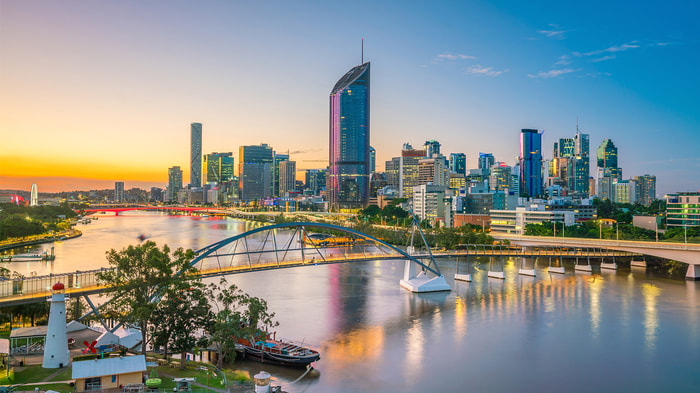
Day 4
Brisbane, Queensland, Australia

Day 5
River travel

Day 6
Airlie Beach, Australia

Day 7
Townsville, Queensland, Australia
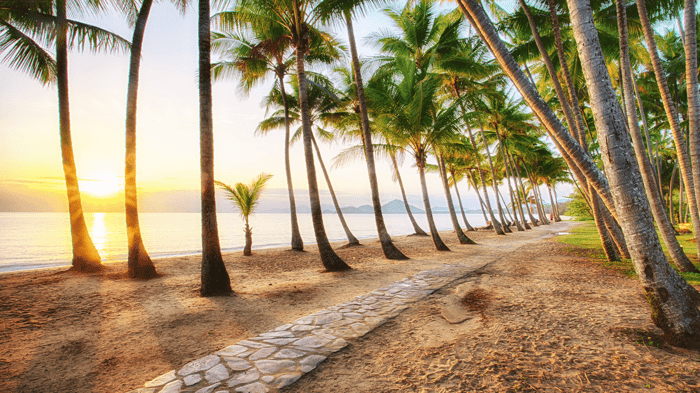
Day 8
Cairns, Queensland, Australia

Day 9
River travel

Day 10
Thursday Island, Queensland, Australia

Day 11
River travel

Days 12 - 13
Darwin, Northern Territory, Australia

Day 14
River travel

Day 15
Rinca Island, Indonesia

Day 16
Lombok, Indonesia
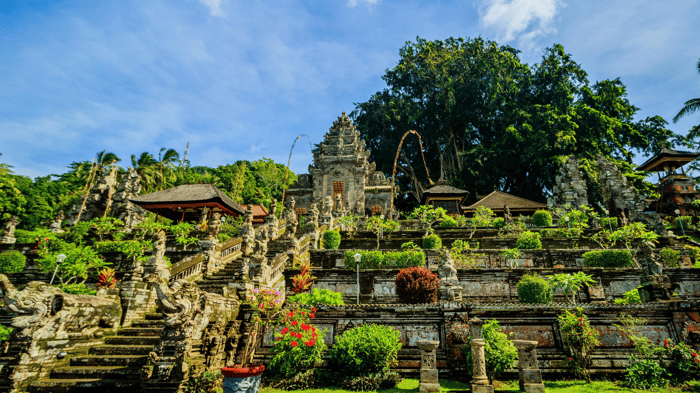
Days 17 - 18
Benoa, Bali, Indonesia
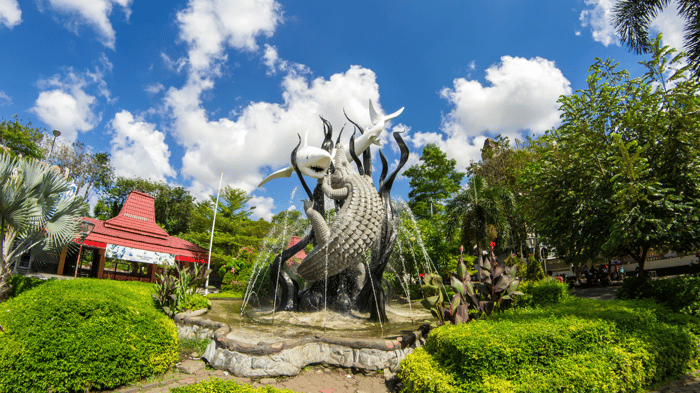
Day 19
Surabaya, Indonesia
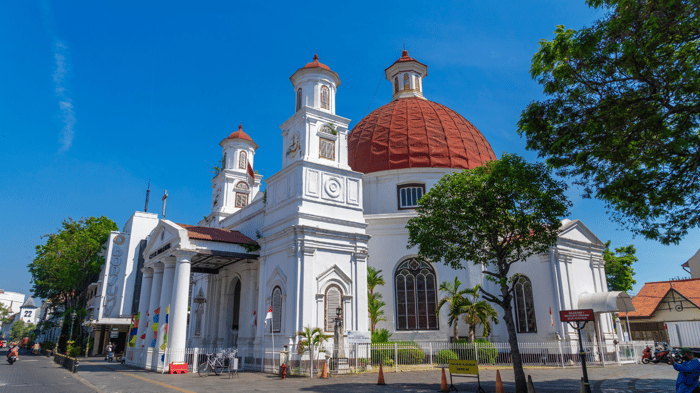
Day 20
Semarang, Indonesia
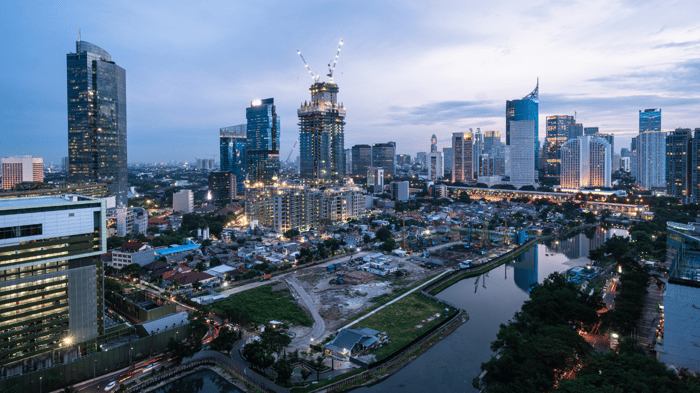
Days 21 - 22
Jakarta, Indonesia

Day 23
River travel
Day 24
Singapore, Singapore

Day 25
Port Klang, Malaysia

Days 26 - 27
River travel

Days 28 - 30
Laem Chabang, Thailand

Days 31 - 32
Sihanoukville, Cambodia

Day 33
River travel
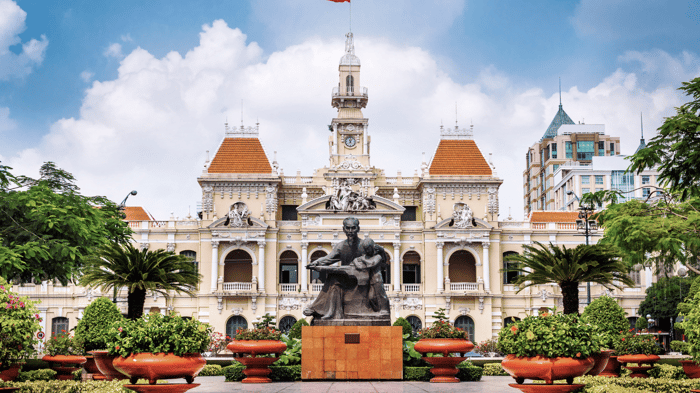
Days 34 - 36
Ho Chi Minh City, Vietnam

Day 37
River travel
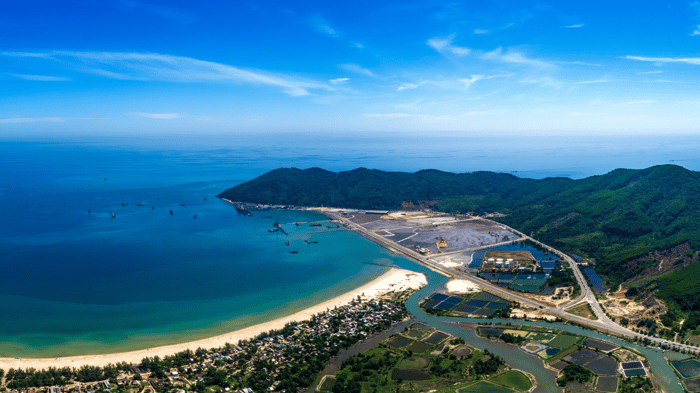
Day 38
Chan May, Vietnam

Days 39 - 40
Ha Long Bay, Vietnam

Day 41
River travel
Days 42 - 44
Hong Kong, Hong Kong

Day 45
River travel

Day 46
Keelung (Chilung), Taiwan

Day 47
River travel
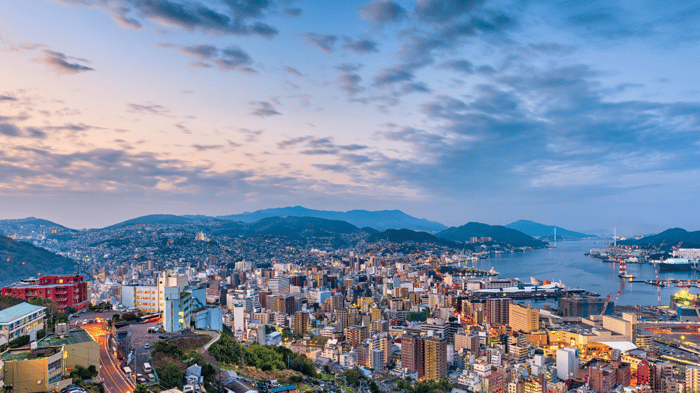
Day 48
Nagasaki, Japan

Day 49
Kagoshima, Japan

Day 50
Beppu, Kyushu Island, Oita, Japan

Days 51 - 52
Hiroshima, Japan
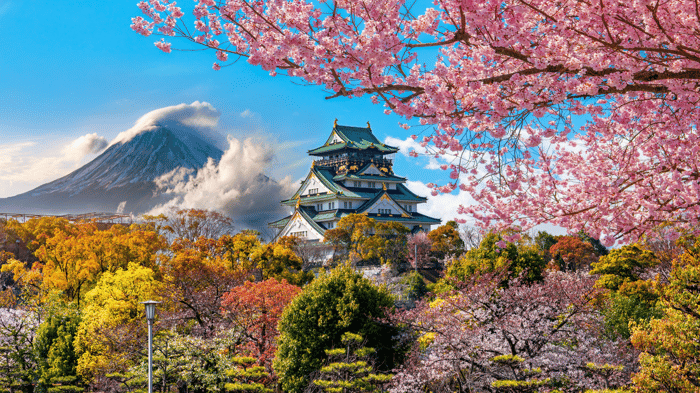
Day 53
Osaka, Japan

Days 54 - 55
Shimizu, Japan
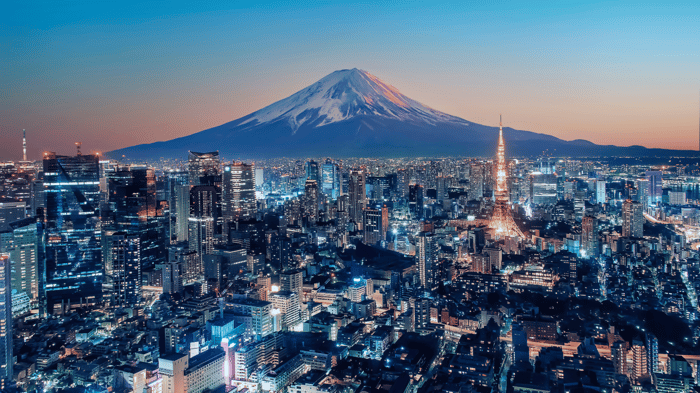
Days 56 - 58
Tokyo, Japan

Day 59
River travel

Days 60 - 61
Sapporo, Japan

Days 62 - 67
River travel

Day 68
Dutch Harbor, Alaska, Alaska

Day 69
River travel

Day 70
Kodiak, Alaska, Alaska
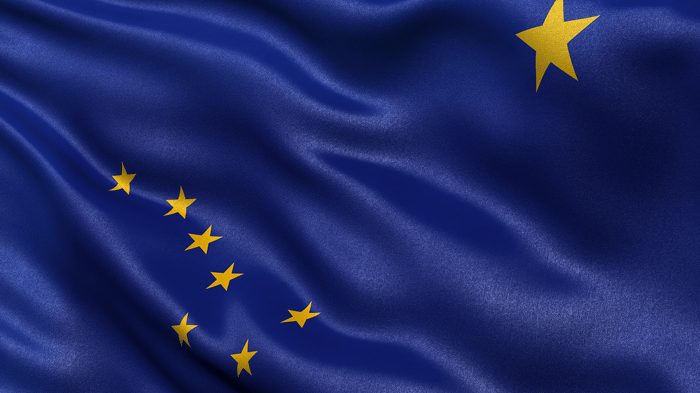
Day 71
Seward, Alaska, Alaska

Day 72
Valdez, Alaska, Alaska

Day 73
River travel

Day 74
Icy Strait Point, United States

Day 75
Sitka, Alaska, Alaska

Day 76
Ketchikan, Alaska, Alaska

Day 77
River travel
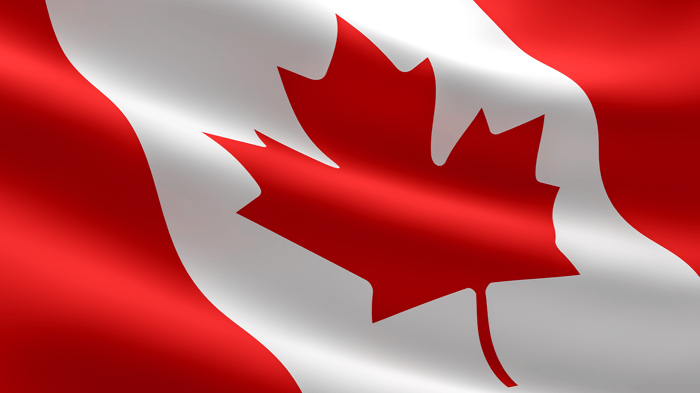
Day 78
Vancouver, British Columbia, Canada
Ship Details

Viking Ocean Cruises
Viking Orion
With their sleek, yacht-style bows and teak promenade decks, Viking’s ocean ships are a million miles from the large liners that sail the seas.
Cabins
All Prices
